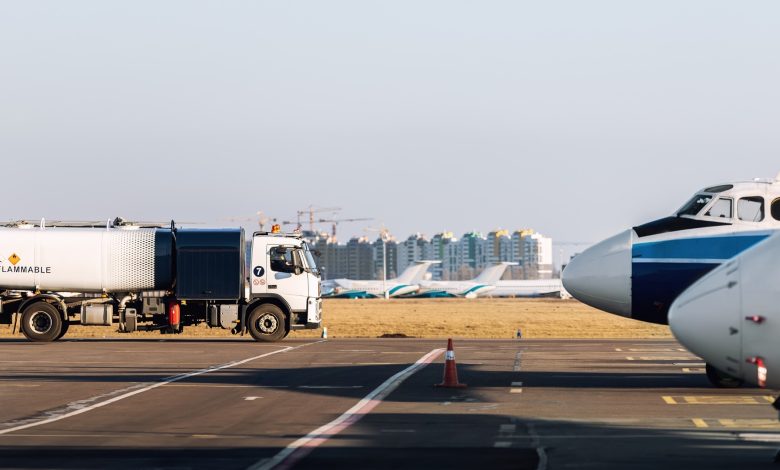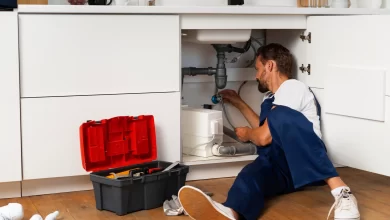A Guide to Safe and Efficient Aircraft Refueling

Refueling in aircraft is a crucial process that powers flights, enabling planes to travel long distances with reliability. Like putting gas in a car, refueling an aircraft provides the energy it needs, but with specialized equipment, procedures, and strict safety guidelines.
Whether it’s a commercial airplane, a private jet, or a cargo plane, refueling involves steps designed to ensure efficiency and safety. This guide explains the aircraft refueling process, essential safety measures, and why it’s important for flight operations.
The Process of Refueling in Aircraft
-
Preparing the Aircraft and Equipment
- Before refueling begins, ground crews prepare the aircraft and the refueling equipment. This includes securing the aircraft and ensuring that all fuel lines, pumps, and hoses are in good condition. The area around the plane is cleared of any unnecessary personnel or equipment to reduce risks.
- Proper grounding is essential. Aircraft and fueling trucks generate static electricity, which can pose a hazard if not controlled. Grounding the aircraft and fuel truck helps prevent static sparks.
Fuel Quality Check
- Before fueling, the ground crew performs a quality check on the fuel. Aviation fuel must meet strict standards to ensure it’s clean and free of contaminants like water or debris. The fuel must also be the correct type for the specific aircraft.
- Technicians typically perform a “fuel sample” test by taking a small amount of fuel and inspecting it for any particles, moisture, or color inconsistencies. Clear, high-quality fuel ensures optimal engine performance and safety in flight.
Connecting the Fueling Equipment
- After the quality check, the ground crew connects the fueling hose to the aircraft’s fuel receptacle. Aircraft have different fueling points depending on their size and model. Commercial jets usually have multiple refueling points for efficiency, while smaller aircraft may only have one.
- The hose is securely attached, and the crew continuously monitors the connection to prevent leaks or disconnection during the fueling process.
Monitoring Fuel Levels
- The fuel is pumped into the aircraft under the supervision of the ground crew, who keep an eye on fuel levels to avoid overfilling. Each aircraft has a specific fuel capacity that ensures it can reach its destination without excess weight, which can impact fuel efficiency.
- Refueling usually takes anywhere from 15 to 60 minutes, depending on the aircraft’s fuel capacity and the type of fueling system used. Larger planes and long-haul flights require more fuel, so they take longer to refuel.
Checking for Fuel Leaks
- Once the fueling process is complete, the ground crew carefully inspects the aircraft and the fuel connection points for leaks. Even a small leak could be hazardous and must be fixed immediately. They disconnect the hose and recheck the area for safety.
- If everything checks out, the ground crew removes the grounding lines, clears the fueling equipment, and completes the refueling process.
Safety Tips for Refueling in Aircraft
Aircraft refueling requires a careful approach, as safety is paramount. Here are key safety measures that must be followed:
-
Grounding to Prevent Static Electricity
- Grounding the aircraft and fueling truck is crucial because the static electricity generated during fueling can lead to dangerous sparks. This step neutralizes static and reduces fire hazards.
Fueling During Safe Weather Conditions
- Refueling is generally avoided during severe weather, especially when lightning is present. Ground crews assess weather conditions to ensure safety and minimize risks associated with electric storms.
Avoiding Electronic Devices
- Crew members avoid using electronic devices around the fueling area, as these can cause sparks. Mobile phones, radios, and other electronic devices can interfere with the fueling process and potentially lead to accidents.
Strict No Smoking Policy
- Aircraft fueling areas are strict no-smoking zones. Aviation fuel is highly flammable, so a single spark from a cigarette can ignite fuel vapors. Crew members strictly enforce this rule to avoid any fire hazards.
Proper Fuel Handling Equipment
- The fueling equipment used must be well-maintained and compatible with the specific fuel type. Regular checks on hoses, pumps, and meters help to prevent leaks or spills, ensuring the process is safe and efficient.
Maintaining Communication with the Pilot
- Communication between the ground crew and the pilot is key. The pilot must stay informed about the fueling process to prevent any accidental engine start-up, which could be hazardous during refueling.
Why Safe Refueling Matters
Efficient and safe refueling keeps air travel reliable and secure. By following proper procedures and safety measures, refueling teams help to ensure that every flight is prepared for a successful journey.
From ensuring the right fuel type to monitoring levels, each step contributes to safe take-offs and landings.
Choosing Professional Refueling Services
For businesses and private aircraft owners, working with a professional service for aircraft refueling can make all the difference.
Licensed Fixed Base Operators (FBOs) provide expert refueling services, handling everything from quality fuel supply to secure and efficient refueling processes.
Professional FBO services also offer additional support such as hangar space, aircraft maintenance, and lounge facilities for a complete aviation experience.
Considering professional refueling services? Partner with a reputable FBO for a safe, reliable, and comprehensive refueling process that keeps your aircraft ready for every flight.




